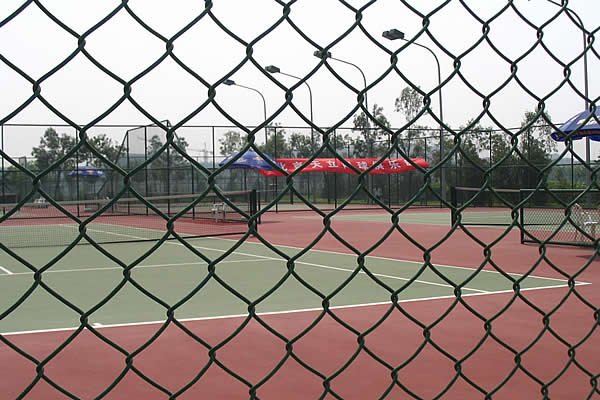 TEL:
+86-13102802206
TEL:
+86-13102802206
 Email:
fencenetting@china.com
Email:
fencenetting@china.com
 Language
Language
 TEL:
+86-13102802206
TEL:
+86-13102802206
 Email:
fencenetting@china.com
Email:
fencenetting@china.com
 Language
Language


Understanding the Cost of Gabion Retaining Walls
Gabion retaining walls have become increasingly popular in recent years due to their durability, aesthetic appeal, and environmental benefits. A gabion wall is constructed using wire mesh containers filled with stones, rocks, or other materials. These structures are primarily used for erosion control, landscaping, and as functional retaining walls. However, before deciding to invest in a gabion retaining wall, it’s essential to understand the various factors that influence its cost.
Initial Costs
The cost of a gabion retaining wall can vary significantly based on several key factors. Firstly, the size of the wall plays a crucial role. Larger walls will require more materials and labor, thereby increasing the overall cost. On average, the price for a gabion wall can range from $30 to $80 per square foot, depending on the design and materials used.
Secondly, the type of stone or rock used in the gabions affects the overall cost. Common choices include granite, limestone, river rock, and other locally sourced stones. More expensive materials can elevate the cost, while using locally available stones can reduce transportation expenses and overall costs.
Labor Costs
Labor costs are another significant factor in the overall expense. Building a gabion wall requires skilled labor for proper installation. Depending on the complexity of the design and local labor rates, hiring professionals may cost anywhere from $50 to $100 per hour. Some homeowners might choose to undertake this project as a DIY task, potentially reducing costs but increasing the risk of improper installation, which can lead to structural issues in the long run.
Site Preparation

Another aspect to consider is site preparation. Before the gabion wall can be installed, the site must be leveled and stabilized. This may involve excavation and grading, which can add to the total cost. If the site presents challenges such as poor drainage or difficult terrain, additional costs for retaining wall drainage systems or erosion control measures may be necessary.
Maintenance and Lifespan
Unlike traditional concrete retaining walls, gabion walls require minimal maintenance, which can lead to long-term savings. They are designed to withstand the elements and can last for decades without significant deterioration. However, occasional inspections are advisable to ensure that the wire mesh remains intact and that the stones have not shifted. In terms of longevity, a well-built gabion wall can last 50 years or more, making it a sound investment.
Environmental Impact
Gabion walls are often favored for their environmentally friendly characteristics. Since they use natural materials, they can blend seamlessly into the surrounding landscape, promoting biodiversity. This aesthetic appeal can increase property value, which is an essential consideration for many homeowners when assessing the overall cost.
Conclusion
In conclusion, while the initial costs of building a gabion retaining wall can be variable, the long-term benefits often outweigh these expenses. When considering a gabion wall, it is crucial to factor in the size, type of materials, labor costs, and site preparation. By carefully analyzing these components and investing in quality materials and skilled labor, homeowners can create an effective and attractive solution for retaining walls that stands the test of time. Ultimately, a gabion retaining wall is not just a construction choice; it’s an investment in both property aesthetics and structural stability.